Your bicycle’s tires might not be something you think about very often, but they have crucial implications for every aspect of your ride. Better understanding how your mountain, gravel, and road bike tire size is measured can help you fine-tune your equipment, and learning how tire size relates to performance can make you faster when it counts. What are the basics of bike tire size?
Bike tires are typically measured in two dimensions— diameter and width. The diameter measurement is an approximation of the tire’s total outside diameter including treads, and the width is a measurement of the approximate total width of the tire when mounted and inflated. For mountain bike tires these dimensions are expressed in inches, while a millimeter-based system called French sizing is used for road, gravel, and track. For example, a 29 x 2.25 mountain bike tire is about 29” in diameter and about 2.
25” wide, while a 700c x 25 road tire is approximately 700mm in diameter and 25mm wide.
This makes it pretty straightforward to fit a modern tire to a modern rim—a 700c tire will almost definitely fit a 700c road rim (we’ll explain that “c” later), and a 29” tire will likely fit a 29” mountain bike rim. But some obsolete or unusual sizes can be misleadingly labeled, and any tire’s nominal measurements (especially width) are really just approximations. Rim width and tire pressure can significantly influence the size of a tire when mounted and inflated, and tires often measure a bit larger or smaller when installed than the printed dimension would suggest.
To reduce confusion, most tires are also labeled with a second system of measurements called ISO (formerly known as ETRTO). The ISO measurement displays the tire’s nominal width in millimeters, followed by the diameter of the tire’s bead (the surface that actually attaches to the rim) in millimeters (ex: 25 x 622 is a common road tire). This measurement can help resolve any ambiguity about whether a tire will fit a particular rim, but as with other systems, the ISO measurement of a tire’s width is an approximation and may be impacted by pressure and rim width.
This measurement can help resolve any ambiguity about whether a tire will fit a particular rim, but as with other systems, the ISO measurement of a tire’s width is an approximation and may be impacted by pressure and rim width.
Nearly all modern road bikes use 700c wheels and tires. It used to be widely accepted that narrower tires were faster and 23mm was the standard width. But recent research has proven wider tires to be faster and more comfortable in most situations. As a result, 700c x 25mm and 700c x 28mm are now the most common road tire sizes; many riders prefer even wider widths of 30mm or 32mm. The limiting factor is usually the bike itself, with some frames unable to accommodate tires beyond a certain width. Most new road frames can at least fit up to 28mm tires but double-check your frame’s allowance before sizing up.
A few other less common wheel and tire sizes exist for road bikes. 650b (ISO 584) and the rarer 650c (ISO 571) are two examples, both sometimes used on bikes for smaller riders. The letter that follows the diameter measurement in French tire sizes originally delineated width, but it’s now mostly just useful to differentiate between similarly-named but incompatible sizes. For instance, a 650b tire will not fit on a 650c rim.
The letter that follows the diameter measurement in French tire sizes originally delineated width, but it’s now mostly just useful to differentiate between similarly-named but incompatible sizes. For instance, a 650b tire will not fit on a 650c rim.
It’s also important to understand the different types of mutually-incompatible road tires. Clinchers are most common; these are the familiar tires that seat into a walled rim around an inner tube. Certain clincher rims can also be used with tubeless tires, which use a liquid sealant in place of an inner tube. Finally, tubular tires are permanently sewn closed around an internal tube and are glued into a specially-made rim. All 3 of these tire types use the same sizing standards and terminology but are generally not interchangeable.
Tires are printed with a manufacturer’s recommended pressure range, and road riders used to think inflating their tires to the highest possible pressure was fastest. But with the move to wider tires has also come a trend towards lower pressure. The science of tire pressure is complicated, but wider tires require less pressure for the same volume of air than narrower tires, allowing for a more comfortable ride. Additionally, wider tires at lower pressures reduce bouncing and are actually faster on most surfaces than smaller, harder tires.
The science of tire pressure is complicated, but wider tires require less pressure for the same volume of air than narrower tires, allowing for a more comfortable ride. Additionally, wider tires at lower pressures reduce bouncing and are actually faster on most surfaces than smaller, harder tires.
It’s tough to make a generalized recommendation for pressure—riding conditions, your weight, and the tire’s size all play a part. But generally, the larger the tire and the rougher the surface, the lower the optimal pressure. With each 3mm increase in tire width, you can usually reduce pressure by 1 Bar (~14 psi). Also, tubeless tires can generally be ridden at lower pressures than tubed tires of the same size. Some tire and rim manufacturers have calculators on their websites that make personalized recommendations for pressure; these are a great starting resource to make your ride faster and more efficient.
Adaptive Training
Get the right workout, every time with training that adapts to you.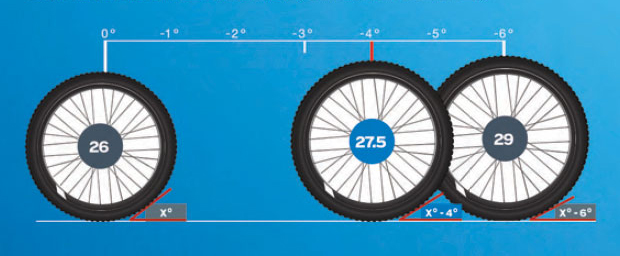
Check Out TrainerRoad
Mountain bike tires are measured in inches and are offered in 3 non-interchangeable diameters corresponding to common mountain bike wheel sizes. Most popular for high-end mountain bikes are 29” tires and wheels. Next come 27.5” setups, preferred by some riders who like smaller, slightly more maneuverable wheels. And finally, 26” wheels and tires used to be the standard, but are now found mostly on entry-level and kids’ bikes.
Tires at each of these diameters are available in a wide variety of widths, which riders select for the specifics of their discipline and terrain. Cross-country racers usually choose comparatively narrow tires ranging from 1.9” to 2.25” wide. Trail, all-mountain, and enduro bikes are normally equipped with wider tires between 2.25” and 2.4”, and downhill tires are even wider at 2.4” to 2.6”. Finally, fat bike tires are mounted on purpose-built rims and push the boundaries even further, sometimes measuring as wide as 5”. The specifics of tire choice are carefully considered by mountain bikers, with racers often choosing different widths and tread patterns depending on the course and conditions.
The specifics of tire choice are carefully considered by mountain bikers, with racers often choosing different widths and tread patterns depending on the course and conditions.
Interestingly, most mountain bike wheel sizes are actually the same diameter as road wheels—29” wheels are equivalent to 700c, while 27.5” are the same as 650b. But you wouldn’t want to put tires intended for one on a wheel intended for the other, as the rim’s width is dramatically different for road and mountain bikes and would interfere with the tire’s performance.
Tire pressure is a crucial concern in mountain biking. Small changes in pressure can dramatically impact performance and handling on the trail, and experienced mountain bikers regularly adjust pressure depending on terrain, conditions, riding style, and tire choice.
Because all of these variables are factors to consider, it’s nearly impossible to make a general recommendation for mountain bike tire pressure.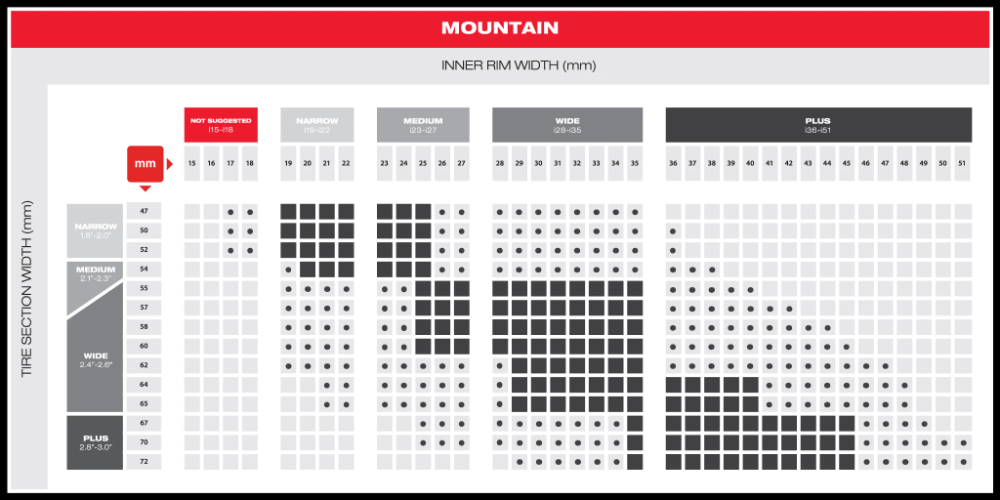 Online calculators can help suggest a starting pressure based on equipment, weight, and conditions, but in the end, it’s ultimately a matter of personal preference and learning from experience. A good strategy is to treat the first few rides on a new setup or in new terrain as experiments. Carry a digital gauge, start with pressure on the higher side, and gradually let a few psi out/ add some pressure back in as you ride to experiment with what works and feels best. Check and record your pressure when you find the sweet spot and use this as your starting point for future rides.
Online calculators can help suggest a starting pressure based on equipment, weight, and conditions, but in the end, it’s ultimately a matter of personal preference and learning from experience. A good strategy is to treat the first few rides on a new setup or in new terrain as experiments. Carry a digital gauge, start with pressure on the higher side, and gradually let a few psi out/ add some pressure back in as you ride to experiment with what works and feels best. Check and record your pressure when you find the sweet spot and use this as your starting point for future rides.
There are a few general principles to keep in mind when finding the right pressure. Typically, the larger your tire, the lower the optimal pressure. Tires with thinner casings require higher pressure, as do heavier riders. Rocky terrain may also necessitate higher pressure to avoid flats, while lower pressures can be used in smooth, grassy, or muddy conditions. Finally, some riders like to use tire inserts, which provide more flat protection and allow a few psi reduction in pressure.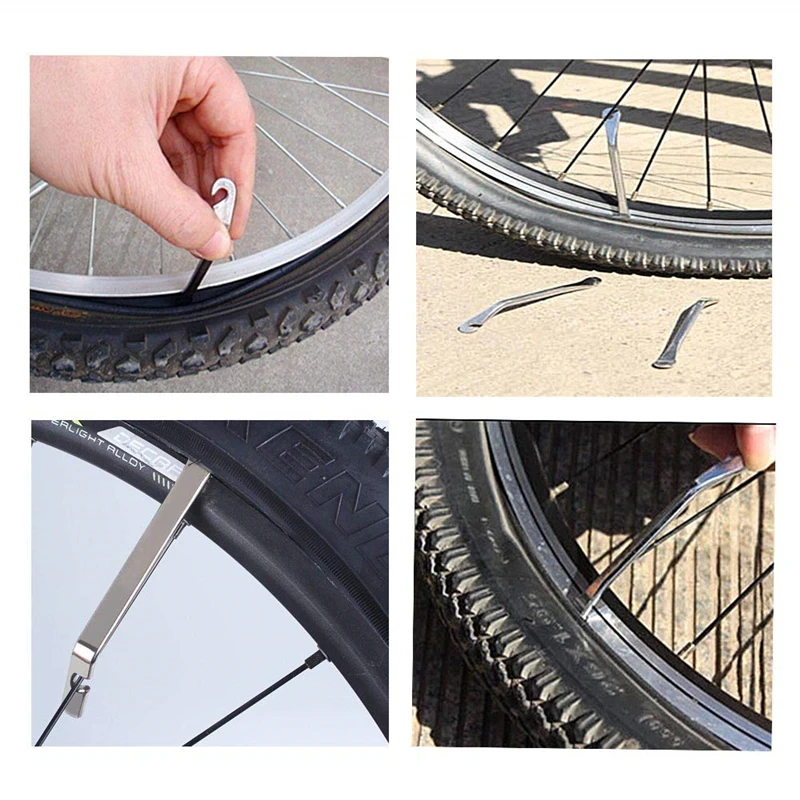
Gravel, cyclocross, and track cyclists also choose specific tire sizes and pressures to optimize performance.
Cyclocross bikes use 700c road wheels, so cyclocross tires are all designed for this standard diameter. In the past, most serious cyclocross racers used tubular tires, but tubeless tires have become increasingly popular over the last few seasons. Tires at CX events have traditionally been allowed up to a maximum width of 33mm, and UCI-governed events still impose this limit. Non-UCI races often allow larger tires, such as the 38mm maximum width allowed at USA Cycling masters, collegiate, and single speed national championships. Many local events impose no size restrictions at all—check your race’s rules to know for sure.
Gravel bikes used to be repurposed cyclocross bikes, but with dedicated gravel equipment introduced over the last few years tire options have greatly expanded. Most gravel bikes use 700c wheels, but 650b wheels are occasionally used for especially technical trail riding and bikepacking. Most new gravel bikes have clearance for tires ranging up to at least 42 or 45mm width, and some allow for even wider tires. Virtually all gravel riders use tubeless tires.
Most gravel bikes use 700c wheels, but 650b wheels are occasionally used for especially technical trail riding and bikepacking. Most new gravel bikes have clearance for tires ranging up to at least 42 or 45mm width, and some allow for even wider tires. Virtually all gravel riders use tubeless tires.
Gravel tires all balance speed and efficiency with offroad traction. Narrower tires with minimal treads are fastest on hardpack and paved surfaces but offer poor grip in loose corners. Wider tires with more aggressive tread patterns are more capable on loose terrain but roll much more slowly on smooth or paved roads. Gravel riders choose the width and tread pattern that offers the best balance for their local terrain, but may significantly adjust their tire choice and pressure for different conditions.
Like road bikes, track bikes use 700c wheels. But unlike on the road where slightly wider and softer tires are usually faster, on a smooth track harder and narrower tires have an advantage.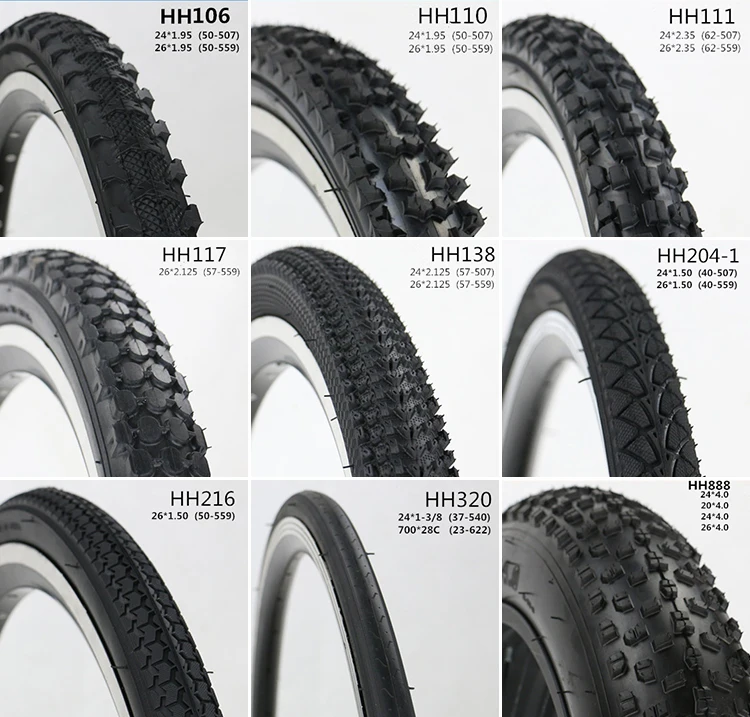 For this reason track racers still prefer 21mm – 23mm wide tubular tires inflated to very high pressures—usually 150 psi or more on indoor tracks. Racers on rougher outdoor tracks don’t inflate their tires quite this high, but they still use much more pressure than they would on the road, with relatively narrow tires offering little in the way of puncture protection.
For this reason track racers still prefer 21mm – 23mm wide tubular tires inflated to very high pressures—usually 150 psi or more on indoor tracks. Racers on rougher outdoor tracks don’t inflate their tires quite this high, but they still use much more pressure than they would on the road, with relatively narrow tires offering little in the way of puncture protection.
| Tire Size | Use/ Discipline | ISO Designation |
|---|---|---|
| 700c x 23mm – 32mm | Road/Track | 622 |
| 700c x 35mm – 50mm | Gravel and Mixed surface | 622 |
| 650b x 23mm – 25mm | Small road bikes | 584 |
| 650b x 45mm – 50mm | Gravel and Bikepacking | 584 |
| 26” x 2.1” – 2.3” | Cross Country MTB | 559 |
| 26” x 2.3” – 2.5” | Trail | 559 |
| 26” x 2.4” – 2.6” | Enduro/ Downhill | 559 |
27. 5” x 2.1” – 2.3” 5” x 2.1” – 2.3” | Cross Country MTB/ Gravel | 584 |
| 27.5” x 2.3” – 2.5” | Trail | 584 |
| 27.5” x 2.4” – 2.6” | Enduro and Downhill | 584 |
| 29” x 2.1” – 2.3” | Cross Country MTB | 622 |
| 29” x 2.3” – 2.5” | Trail | 622 |
| 29” x 2.4” – 2.6” | Enduro and Downhill | 622 |
bike tire pressurebike tire sizegravel bike tiresmountain bike tiresroad bike tires
Bicycle tire is an important part of the complete bike, which affects the performance of the bike. After you understand the bicycle tire size, you can know whether the bike is suitable for you. And there are currently common manufacturing specifications for bicycle tire size.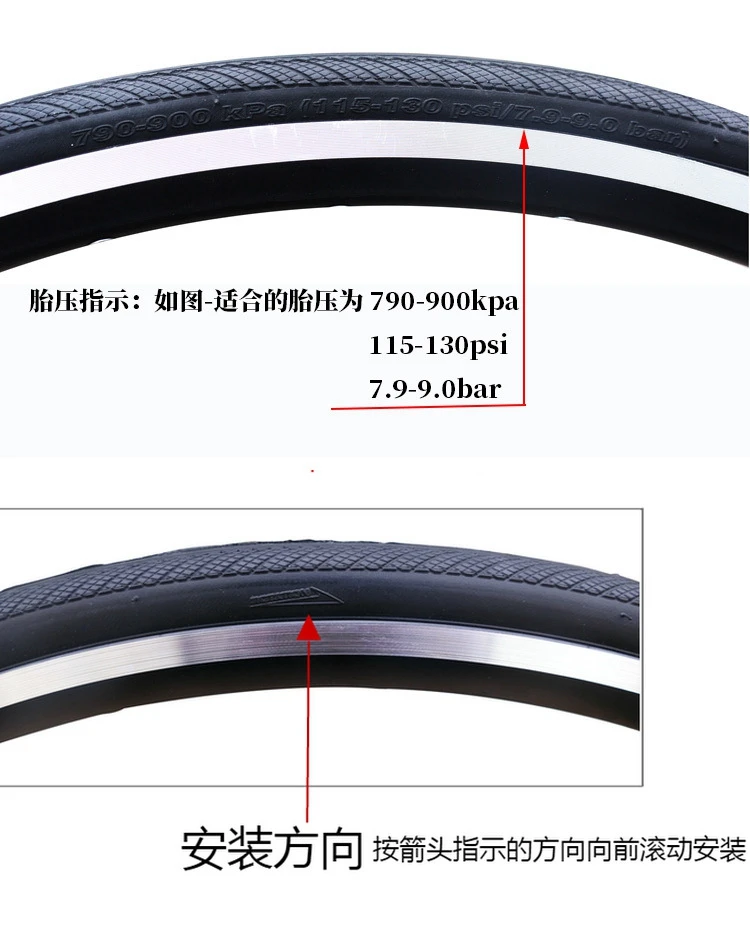 Different tire size have different advantages.
Different tire size have different advantages.
If you know the bicycle tire size knowledge well,which will help you clearly understand what size bike you need.See this guide to know how to choose the right bike size.
Eventhough everyone is talking about tire size in road biking and gravel grinding. We have started to discover that wider tires don’t mean less speed. They can bring more speed and, possibly, more importantly, they bring more comfort.
The problem is how do you know what size of tires you need? What tires will fit the rims that you ride? What exactly is the size of my tires? What do the Various Size Specifications on Bicycle Tires Mean?
Tires have a lot of sizing information written on their sides and knowing what it means can be elusive. This article is about bike tire sizes related content. Through it, you can understand the basic form of current bike Tire Sizes and understand the use environment of ICAN bike tires.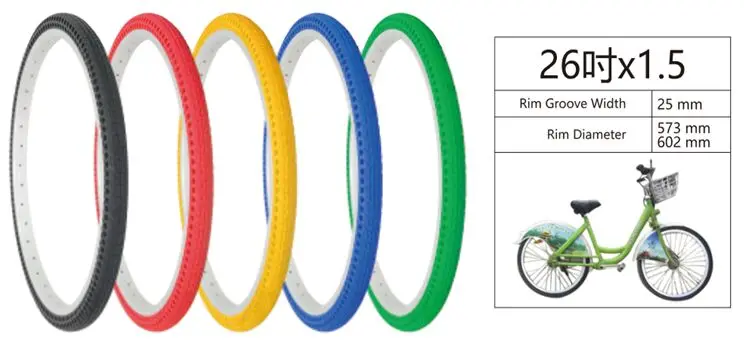 It is a complete guide about bike tire sizes in 2021.
It is a complete guide about bike tire sizes in 2021.
If you want to be comfortable,the easy answer here is the biggest tires that will fit on your wheel rim and give you clearance for your frame or fork. You’ll find that many manufacturers will tell you the maximum size that you can fit.
You need to consider your height and weight. The trend in recent years is that bike tire size is getting bigger and bigger.
You need to consider your height and weight. The trend in recent years is that bike tire size is getting bigger and bigger.You also need to find the right bike tire to fit your rim.
The following are common size combinations
What do the Various Size Specifications on Bicycle Tires Mean?
You may be pullzed what is my bicycle tire size.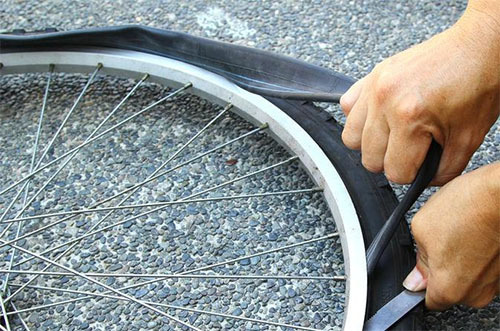 Usually you can check your tire's sidewall—the numbers there indicate your tire size (roughly its outer diameter and its width,). For example 700 x 32c means that indicates a tire that has an outer diameter of 700mm and a width of 32mm.
Usually you can check your tire's sidewall—the numbers there indicate your tire size (roughly its outer diameter and its width,). For example 700 x 32c means that indicates a tire that has an outer diameter of 700mm and a width of 32mm.
Generally speaking,Bicycle tire measurements have two components. The larger number is the tire diameter in inches, and the smaller number is the tire width in inches. Tire diameter usually ranges from 12 to 26 inches, and tire width normally ranges from 1.75 to 2.215 inches.
We need to know that road bike and MOUNTAIN bike use different units for named sizes.Use C for road bike and inch for er mountain bike.
Common standard road bike tire sizes are 700c x 23mm which is A standard road tire, indicating a tire diameter of approximately 700mm and a width of 23mm. There are also some uncommon sizes now, such as 510C 500c, 450c, etc.
The common mountain bike tire size is 26. 5er 27.5er 29er. Now the most mainstream mountain bike size is 27.5er,29er moutain bike.26.5er mountain bike has become an obsolete product.
5er 27.5er 29er. Now the most mainstream mountain bike size is 27.5er,29er moutain bike.26.5er mountain bike has become an obsolete product.
We often meet this situation: worn tires affect my riding experience and I need to replace with new tires. Fortunately, various carbon bikes on the market can be assembled, which means we can use new forums replace your well-worn tires. Then what is the basis for our replacement.
We all know that unfit tire size could damage the rim and put the riders in danger. If the tire is not wide enough, you’re risking more pinch flats and blowouts; if it is too wide, tire burping and poor stability may occur. So it is essential to find suitable bike tire size.
The complete bike tire size chart will provide guidance on what tires sizes can match your internal rim width
We can find many versions of bike tire size chart on the Internet. You can choose the appropriate icon for reference.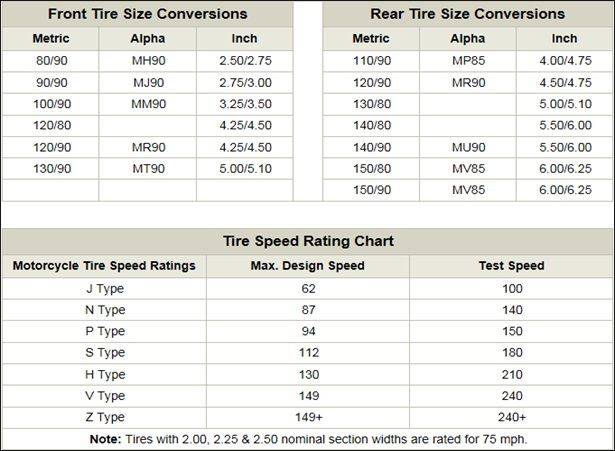
At below, we share the command bike size chart to let you refer. Check it carefully before ordering carbon rims or buying new tires. If your combination is not listed here, please contact us to discuss it.
The Good video about bike size you can refer to at below
Yes. If you don’t want to know any more about tires just check our quick guide to which tires will fit the width of your rim.
Image is taken from sheldonbrown.com
The above chart shows the internal width of your rim and the corresponding tire size that’ll fit on that rim. You will want to avoid fitting tires in the red sections. Some people have gotten away with putting unsuitable tires on but it is a risk you don’t need to take.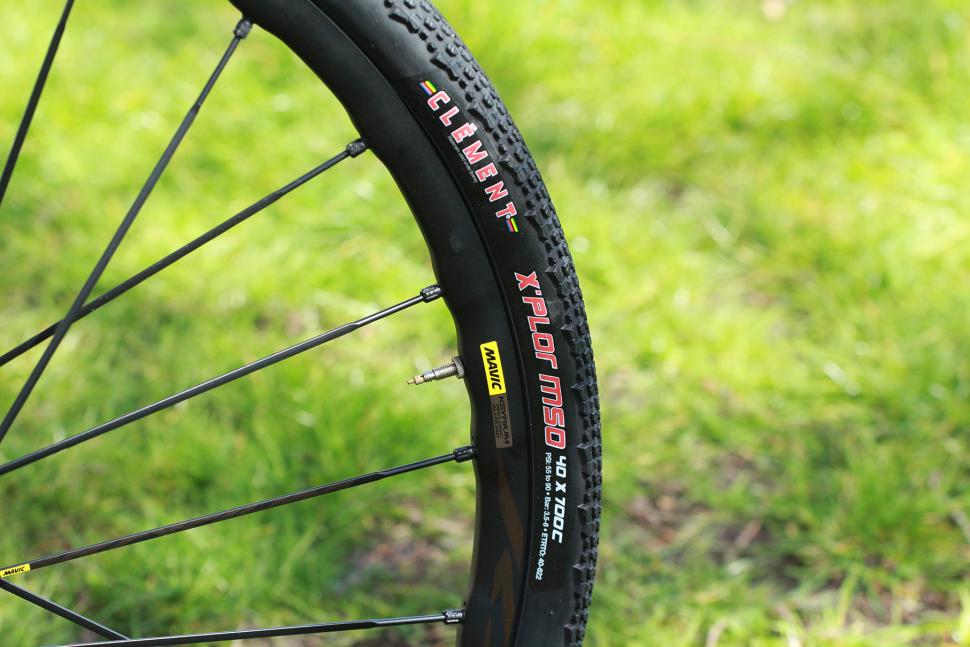
As you can see rims will fit a variety of tire sizes, and it is worth picking a rim that suits your riding. We use an 18.25 internal width of our Aero and Fast and Light wheels as it allows you a big range that fits most modern riding styles.
Who made the bike tire size standard
At present, the standard is mainly formulated by two major international organizations, ISO and ERTO.
We all know ISO (International Organization for Standardization) was established on February 23, 1947 as an international standard establishment organization that formulates international standards for industry and commerce around the world. ISO is headquartered in Geneva, Switzerland
What is ERTO?
ETRTO is the European tire and rim technical organization, and is professional measurement of circumference.
Many countries use their size standards as the specifications for bike size manufacturing, so as to avoid confusion in various sizes.
Do you know how everyone likes to mention that bike manufacturers love to create new standards? The idea for this was born during the period when the cycle industry was giving us a new standard on a weekly basis. Thankfully we seem to be moving away from that.
What though does this have to do with ERTO? Well, back in the day every country had its own way to measure tires. Some made more sense than others. All these standards were proving to be a nightmare to consumers.
It was decided that to make everything easier that there should be an international standard guide for tire sizing. The new method was originally named the "E.T.R.T.O." system, and you may still see that around. The E.T.R.T.O stood for the European Tire and Rim Technical Organization.
The system that was adopted is a part of the ISO system, the International Organization for Standardization. The particular name given to the ERTO standard is ISO 5775. We can thank this rule for allowing us not to have to navigate the fact that there used to be six types of 26” tire.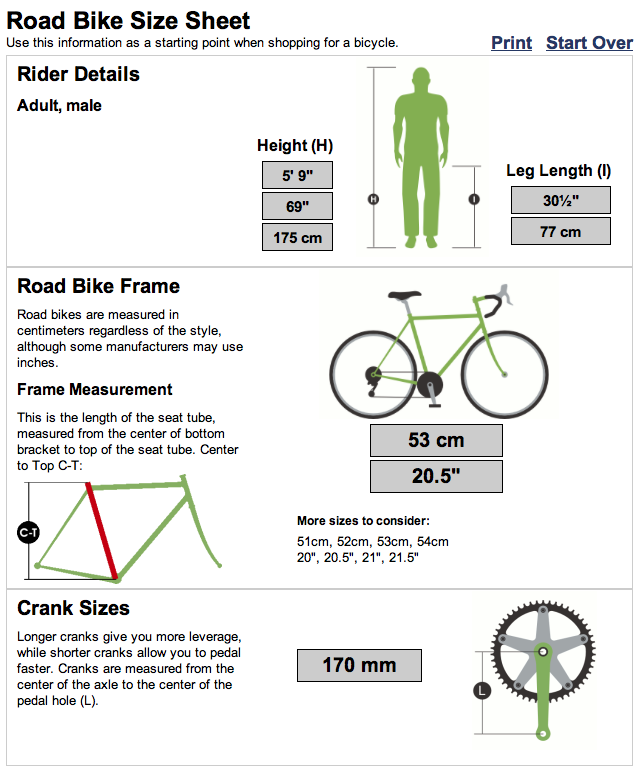
The ISO/ERTO standard system uses two numbers. The first number you see will be how wide the tire inflates. It is also worth noting that this is a guide for most companies. Different rims will affect this width. Your rim can also change the shape of your tire, so if your rim has recommended sizes follow that guide.
The second number is the wheel/tire/rim size, and this is the number that confuses most people. The reason for the confusion is that this number is not the number most people use in their everyday conversations on bike wheels and tires.
You’ll probably use the French system for road wheels and call your wheel a 700c. Under the ERTO system, your wheel is actually 622 mm. 622 is also the same as a mountain bike 29” rim. Mountain bikes generally use inches instead when talking about a wheel and tire size.
Except, there is always an exception, for the new standard of 27.5”. It is sometimes referred to by its size in the French system, which is 650b.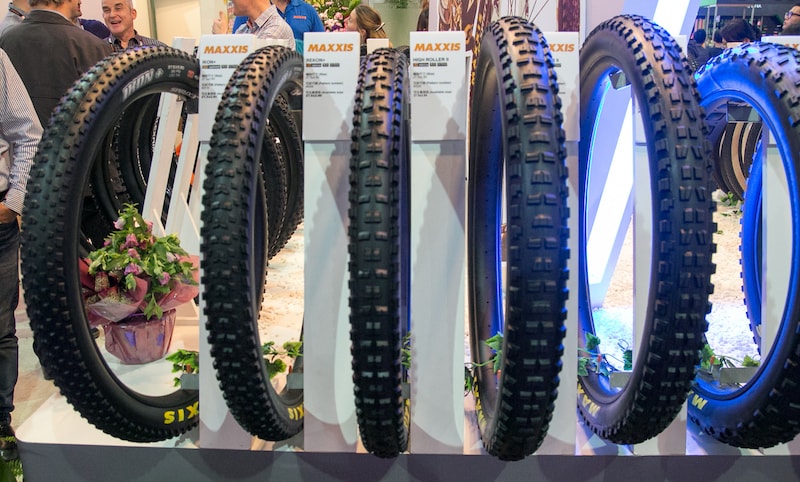 So that you know there is also a 650a and 650c. 27.5” and 650b under ERTO are 584 mm. A 650 tire with no letter is narrow, as you go up the letters the tires get wider in the French system.
So that you know there is also a 650a and 650c. 27.5” and 650b under ERTO are 584 mm. A 650 tire with no letter is narrow, as you go up the letters the tires get wider in the French system.
The French system in case you were curious uses the outer diameter of the tire to measure its size. The ISO/ERTO system uses the inner diameter of the tire. The inch system is not as a great measurement of size as it isn’t as specific as either the ERTO or French system.
|
| ERTO | Inches | French |
| Size Marking | 37-622 | 28 x 1.40 28 x 1 5⁄8 x 1 3⁄8 | 700 x 35C |
| Outer diameter | - | ca. 28 inch | ca. 700 mm |
| Inner diameter | 622 mm | - | - |
| Tire width | ca. | ca. 1 3⁄8 inch bzw. 1.40 inch | ca. 35 mm |
| Tire height | - | ca. 1 5⁄8 inch | - |
So, if you see 622 x 35mm. You’ll be looking at a road bike sized tire, more likely to be a gravel or cyclocross variant though. If you are buying tubes giving an ERTO number will make your life a lot easier and avoid accidently getting the wrong tube, provided you know what valve style you need.
ICAN Aero wheels and Fast and Light wheels share the same aerodynamic wheel rim shape. The only difference is that the Aero range uses Toray T700 and T800 carbon fiber in its construction. The Fast and Light series only uses Toray T700 in its construction. The mix of carbon fiber allows our Aero wheelsets to be around 100g lighter than our fast and light series rims.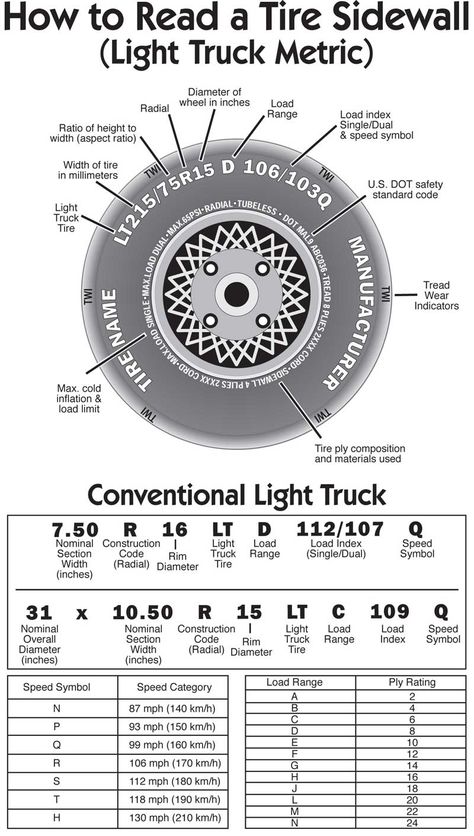
40mm will be more than enough for the majority of gravel riders. You’d need to be doing some serious off-roading if you want to go more than 40mm wide and you might be better looking at our 29er XC wheels.
In between these sizes, you’ll be able to run the UCI maximum width cyclocross tires. You’ll be able to easily get those 33mm wide tires onto our Aero and FL rims. By the way, did we mention that they are tubeless ready?
Conclusion
If you finish reading this article, I think you will understand that how to read bike tire size,why they named it so.If you have any questions about bike tire size, you can comment below.
Share on
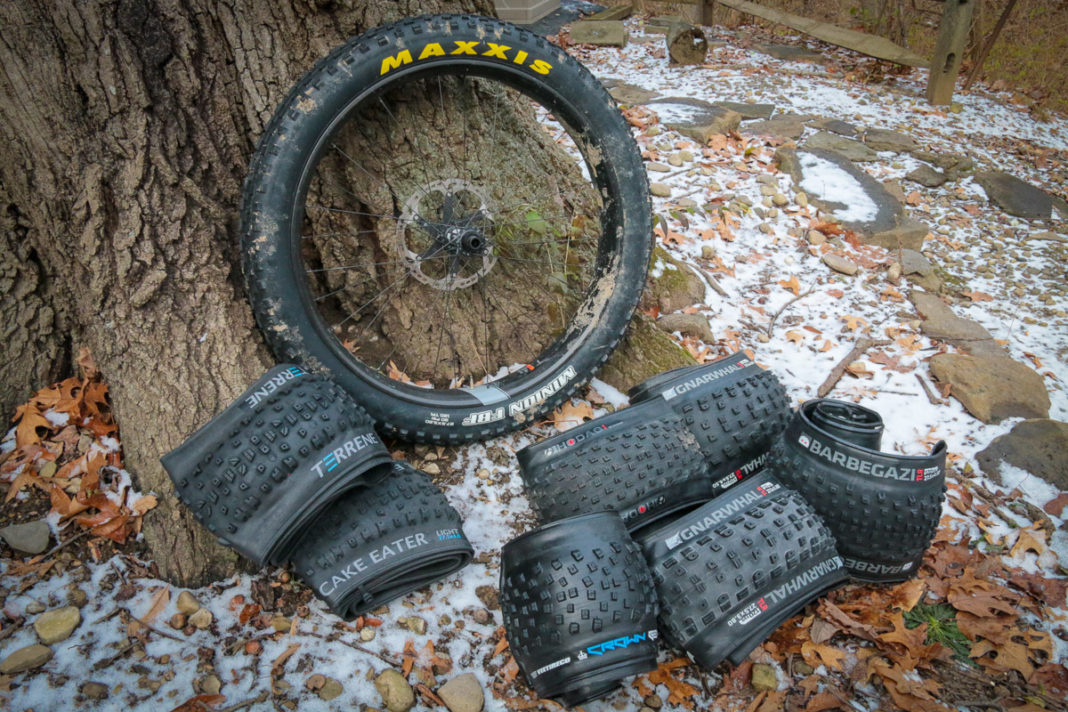 What types of markings and interchangeability of bicycle tires. How to choose the size of a bicycle tire. What types of markings and interchangeability of bicycle tires. https://www.sportek.in.ua
What types of markings and interchangeability of bicycle tires. How to choose the size of a bicycle tire. What types of markings and interchangeability of bicycle tires. https://www.sportek.in.ua Nikolaev bicycle shop "Sportek"
Published: 01/27/2017
Edited: 06/01/2021
Sooner or later, almost every cyclist faces the question of replacing the rubber on the wheel or the cameras for them. nine0003
The easiest way, of course, is to look at the size of the tire currently installed on the bike (it is written on the side of it), and look for exactly the same. On some rims, their landing diameter and width are also written.
In life, everything is always a little more complicated and it often happens that the tire you like has a marking that is not entirely clear or does not match the marking on your rubber. Sometimes it is necessary to replace the old bicycle rubber, which has served for many years, with a more modern one.
What to do? You can’t put a tire on a bike over the Internet, but you don’t want to pay money just like that. nine0003
In this article, we will try to help you understand the markings on bicycle tires and find out which of them are interchangeable.
The first thing you need to know when choosing a tire is the size of the wheels. They are usually measured in inches, but sometimes in mm. There are not very many of them and the most common are 16, 18, 20, 24, 26, 27.5, 28, 29.
At the same time:

Further, what else you need to know is seat size (diameter) of the rim or BSD (English Bead Seat Diameter). It is the most important and determines the interchangeability of tires. If this number matches at the rim, tire, or tube, then that tire or tube fits those rims. And if the width of the new rubber can be changed, then the landing size will not change much.
If the size (numbers in mm) is written on the wheel (rim), for example, as in the photos above, they accurately indicate the fit size of the rim and its width, which is the main data for selecting the inner tube and tire for the wheel. nine0003
There are several types. The confusion in the designation of sizes began in the middle of the 20th century, and today Great Britain and France use their own designations for marking.
Previously, the sizing system was based on the outside diameter of the tires. It was measured in inches (24", 26", 28") or in millimeters (500, 650, 700, etc..jpg) ).
).
Over time, this system lost its meaning, because different products with the same outer diameter wheels (together with the height of the tire) did not match the inner diameter (rim diameter) on which this tire was put on.There were also marketing moves of manufacturers, and the accuracy of translation and rounding of measurements in inches is lower than in millimeters.0003
To overcome these confusions and bring all sizes to the same standard, the International Organization for Standardization (ISO - International Organization for Standardization) has developed a universal system for designating tire sizes - ISO 5775 . This system was previously known as " ETRTO ". It was proposed by the organization of the same name: ETRTO (European Tire and Rim Technical Organization or in Russian: "European technical organization for rims and tires"). nine0003
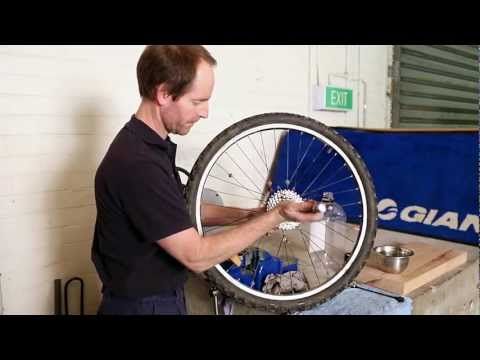 The most accurate, understandable and convenient. Describes in millimeters all the necessary dimensions. For example, 28-622, where 28 mm is its width and 622 mm is inner (landing) diameter .
The most accurate, understandable and convenient. Describes in millimeters all the necessary dimensions. For example, 28-622, where 28 mm is its width and 622 mm is inner (landing) diameter .  nine0022
nine0022 At first it was in the form of a number and a letter, for example, 700C - 700 the outer diameter of the tire is in mm. The letter determined the width from "A" - the narrowest to "D" - the widest.
Now the marking has acquired a more modern look. For example: 700 x 35C. Here the outer diameter of the tire is 700 mm and its width is 35 mm. The letter at the end indicates the inner (landing) diameter. In this case, "C" is 622 mm. nine0003
Note a very important nuance and paradox in inch sizes.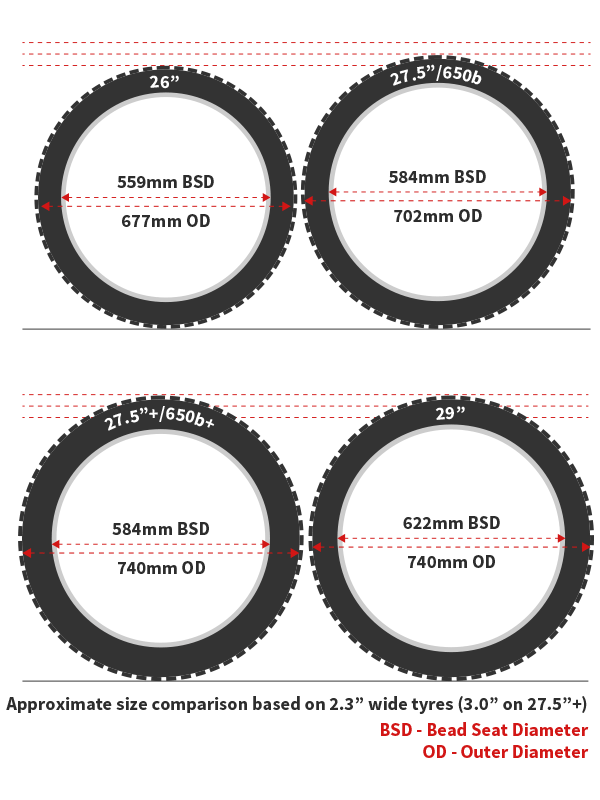 Tire sizes can be specified as a decimal fraction, such as 26x1.75, or as a simple fraction, such as 26x1 3/4. nine0003
Tire sizes can be specified as a decimal fraction, such as 26x1.75, or as a simple fraction, such as 26x1 3/4. nine0003
Mathematically, these fractions are equal: 1.75 = 1 3/4.
But, in terms of fit size and tire width in millimeters, this is not always the case, and the most unpleasant thing is that tires with such dimensions can be not interchangeable with .
And this circumstance should always be taken into account when purchasing a new bicycle tire.
In the table below, we have tried to collect the most common tire size designations in different systems and show their compatibility. nine0003
Perhaps not all dimensions encountered in life were taken into account, but if you have a tire with dimensions not listed in the table, try to estimate its dimensions based on similar nearest or similar dimensions.
| Rim bore size in mm according to ISO | Tire size in plain and decimal inches | French tire size | Tire size in mm according to ISO (width - bore) | Explanations |
| 681 | 22-681 | Sports track bike B-64 "Record" KhVZ (1958) | ||
| 642 | 28 x 1 5/8 x 1 1/2 | 700-28A | 28-642 | Obsolete size |
| 28 x 1 3/8 | 700-35A | 37-642 | ||
| 635 | 28 x 1 1/2 x 1 1/8 | 700-28B | 32-635 | American, English, Danish, Chinese, Indian road models |
| 28 x 1 1/2, 28 x 1 1/2 x 1 5/8 | 700-38B, 700B Standard | 40-635 | ||
| 28 x 1 5/8 x 1 1/2 | 44-635 | |||
| 630 | 27 x 7/8 | 22-630 | Road bikes, including older models | |
| 27 x 1 | 25-630 | |||
| 27 x 1 1/8 | 28-630 | |||
| 27 x 1 1/4 | 32-630 | |||
| 27 x 1 3/8 | 37-630 | |||
| 27 x all options | ||||
| 622 | 29 x all variants | 700C | This size was invented by marketers for tires with a bore diameter of 622 mm.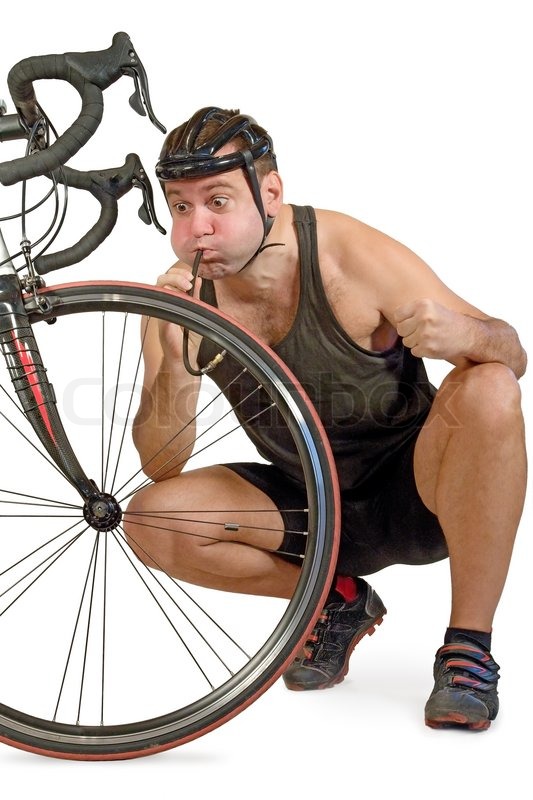 They differ from 28 only in tire height. They differ from 28 only in tire height. | |
| 28 x decimal | 700C | For 622 mm tires | ||
| 28 x 3/4 | nine0128 700-18C18-622 | |||
| 700-19C 700x19C | 19-622 | |||
| 28 x 3/4 | 700-20C 700x20C | 20-622 | ||
| 28 x 1 28 x 7/8 | 700-23C 700x23C | 23-622 | ||
| 28 x 1 | 700-25C 700x25C | 25-622 | nine0142||
| 28 x 1 1/8, 28 x 1 5/8 x 1 1/8 | 700-28C 700x28C | 28-622 | ||
| 28 x 1.20 | 700-30C 700x30C | 30-622 | ||
| 28 x 1 3/4, 28 x 1.5 | 700x38C 700-40C | 40-622 | Road bikes: "Ukraine", "Minsk", "Sura", "Velta", "Aist" (111-321, 111-322) | |
| 28 x 1 1/2, 28 x 1 5/8 x 1 3/8 | 700C 700x35C 700x38C | 35-622 | Road bikes: "Ukraine", "Minsk", "Sura", "Velta", "Aist" | |
| 27 x 1 1/4, 28 x 1 5/8 x 1 1/4 | 700-32C 700x32C | 32-622 | Road and sports touring bikes, "Tourist", "Sport", "Sputnik" | |
| 28 x 1 5/8 x 1 1/4 | Obsolete Canadian designation F13 | |||
28 x 1. 4 4 | 700-35C 700x35C | 35-622 | Road bikes | |
| 28 x 1.5 | 700x38C 700-38C 700-40C 700x40C | 40-622 | ||
| 28 x 1 3/8 x 1 5/8 | 37-622 | |||
| 28 x 1.6 | 700-42C 700x42C | 42-622 | ||
| 28 x 1.6 | 700-44C 700x44C | 44-622 | ||
| 28 x 1 5/8 x 1 3/4 | 700-45C 700x46C | 45-622 | ||
| 28 x 1.75, 28 x 1 5/8 x 1 3/4 | 700-47C 700x47C | 47-622 | ||
| 28 x 2.00 | nine0128 700-50C50-622 | |||
| 600 | 22 (23, 24, 25, 27, 28, 30)-600 | Old Soviet sports and track bikes | ||
| 599 | 26 x 1.25, 26 x 1.375 | 32-599 | Very old American light bicycles. | |
| 26 x 1 7/8 | nine012847-599 | ZiF (Penza) 190-535 "Samson" | ||
| 597 | 26 x 1 1/4 (EA1) (England) | 32-597 | English old sports and club bikes. | |
| 26 x 1 3/8 (S-6) | 37-597 | Light bicycles of the American firm Schwinn. | ||
| 590 | 26 x 1 1/8 | 28-590 | Soviet bicycles ZiF (Penza) "Diana", "Prima", "Turn", "Relay", "Sura", "Breeze", "Temp" American and English 3 and 10 speed. | |
| 26 x 1 1/4 | 32-590 | |||
| 26 x 1 3/8 (E.A.3) (England) | 650A | 35-590 | ||
| 26 x 1 3/8 | 650-35A 650x35A | 37-590 | ||
| 26 x 1 5/8 | 44-590 | |||
| 587 | 700D | Old size on some GT models | ||
| 584 | 27.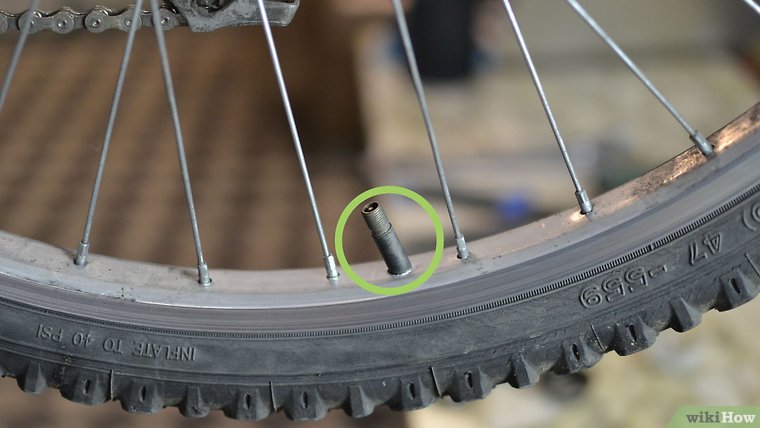 5 x 1.50 5 x 1.50 | 650x38B | 40-584 | nine0595 French road bikes, touring bikes with cargo, tandems, some Raleigh (USA), old Schwinn mountain bikes|
| 26 x 1 1/2 | 650B | 37-584 | ||
| 27.5 x 1.5 | 40-584 | |||
| 27.5 x 1.65 | 44-584 | |||
| 27.5 x 1.75 | 47-584 | |||
| 27.5 x 2 | 52-584 | nine0142|||
| 27.5 x 2.1 | 54-584 | |||
| 27.5 x 2.25 | 57-584 | |||
| 27.5 x 2.3 | 60-584 | |||
| 27.5 x 2.4 | 62-584 | |||
| 27.5 x 2.8 | 70-584 | |||
| 571 | 26 x 3/4 | 650x20C | 20-571 | Triathlon, time trial, small road bikes, some French Peugeot bikes. nine0130 |
| 26 x 7/8 | 650x23C | 23-571 | ||
| 26 x 1 | 650C | 23-571 | ||
26 x 1. 75 75 | 47-571 | |||
| 26x1 3/4 (S-7) | Road Schwinn | |||
| 559 | 26 x 1.0 | 25-559 | Most mountain bikes. Classic landing diameter for 26 wheels. | |
| 26 x 1.25 | 32-559 | |||
| 26 x 1.35 | 35-559 | |||
| 26 x 1.4 | 37-559 | |||
| 26 x 1.5 | 40-559 | |||
| 26 x 1.6 | nine012844-559 | |||
| 26 x 1.75 26 x 1.75 x 2 | 47-559 | |||
| 26 x 1.95 | 50-559 | |||
| 26 x 2.00 | 52-559 | |||
| 26 x 2.10 | 54-559 | |||
| 26x2.15 | 55-559 | |||
26 x 2. 25 25 | 57-559 | |||
| 26 x 2.3 | 60-559 | |||
| 26 x 2.4 | 62-559 | |||
| 26 x 3.0 | 75-559 | |||
| 26x3.7 | 95-559 | |||
| 26 x 4.00 | nine0128100-559 | |||
| 26x4.5 | 115-559 | |||
| 26x4.8 | 120-559 | |||
| 547 | 24x1 1/4 | English children's and American firm Schwinn | ||
| 24x1 3/8 (S-5) | Schwinn American children's bicycles | |||
| 540 | 24 x 1 1/8 | 600A | 28-540 | Children's English and European bicycles, most wheelchairs |
| 24 x 1 1/4 | 32-540 | |||
| 24 x 1 3/8(E-5), 24 x 1 3/8 A | 37-540 | |||
| 533 | 24 x 1 1/2 | 37-533 | nine0128||
| 531 | 24 x 1 5/8 x 1 1/2 | 44-531 | nine0128||
| 520 | 24x1 | 25-520 | Road wheels for children's bikes | |
| 507 | 24 x 1.5 | 40-507 | Children's mountain. "Salute", "Altair", "Ervi" | |
| 24 x 1.75 | 47-507 | |||
| 24 x 1.95 | 50-507 | |||
| 24 x 2.0 | 51-507 | |||
| 24 x 2.125 | 54-507 | |||
| 24 x 2.25 | 57-507 | |||
| 24 x 2.35 | 60-507 | |||
24 x 2. 5 5 | 62-507 | |||
| 24 x 2.6 | 65-507 | |||
| 24 x 2.75 | 70-507 | |||
| 24 x 3.0 | 75-507 | |||
| 501 | 22 x 1.0 | 25-501 | European bikes | |
| 22 x 1 1/4 | 32-501 | |||
| 22 x 1 3/8 | 37-501 | |||
| 490 | 550-28A | 28-490 | European Road Kids Bikes | |
| 22 x 1 3/8 x 1 1/4 | 550-32A | 32-490 | ||
| 22 x 1 3/8 | 550-35A | 37-490 | ||
| 489 | 22 x 1.0 | 25-489 | European bikes | |
| 22 x 1 3/8 | 37-489 | |||
| 22 x 1 3/8 x 1 1/4 | 40-489 | |||
22 x 2.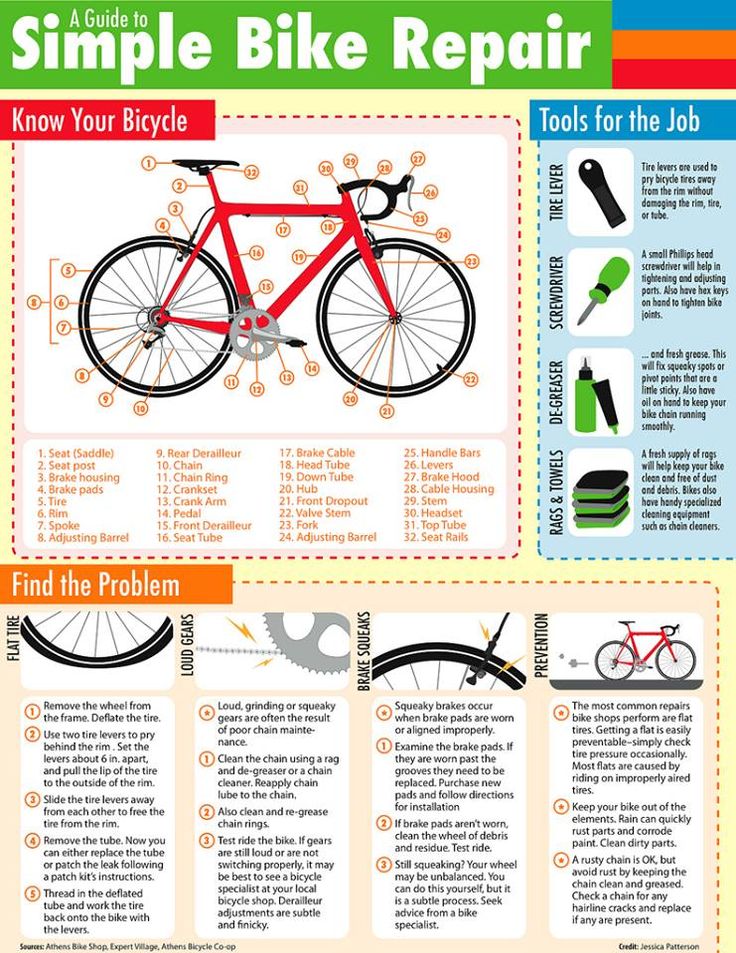 00 00 | 50-489 | |||
| 457 | 22 x 1.75 to 2.125 | Children's bicycles | ||
| 451 | 20 x 1 1/8 | 28-451 | BMX for light riders, light children's bikes, some ligerades. Wheels on some types of wheelchairs. | |
| 20 x 1 1/4 | 30-451 | |||
| 20 x 1 3/8 | 37-451 | |||
| 445 | 20 x 1 1/4 | 30-445 | "Schoolboy" (old Soviet models) | |
| 440 | 500-28A | 28-440 | European folding, children's bikes | |
| 500-35A | 37-440 | |||
| 20 x 1 1/2 | 500-38A | 40-440 | ||
| 438 | nine0128 20 x 1 3/837-438 | European bikes | ||
| 20 x 1 3/8 1 1/2 | 40-438 | |||
| 432 | 20 x 2 1/2 | 40-432 | European bikes | |
| 428 | 20 x 2.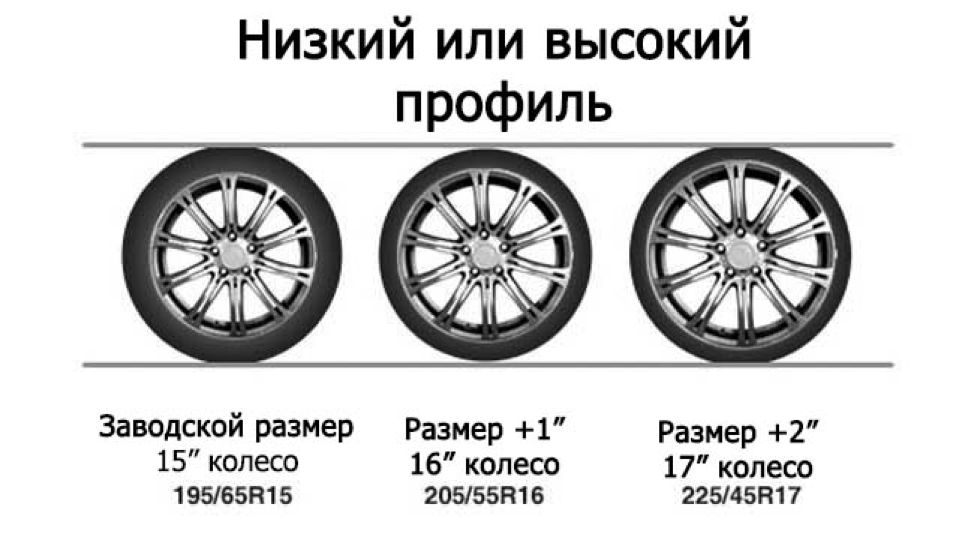 00 00 | 54-428 | European bikes | |
| 419 | 20 x 1 3/4 | Schwinn American children's bicycles | ||
| 406 | 20 x 1.25 | 32-406 | Most BMX bikes, kids and folding models. "Venta" (folding model 175-811). "Stork" (folding, model 113-322) nine0004 "Tisa-2", "Cross", "KAMA", "DESNA", "Schoolnik", "Velta Kama", "Dubisa" (Siauliai bicycle factory), "Eureka" and other folding and old Soviet models.Folding "Mustang" | |
| 20 x 1.35 | 35-406 | |||
| 20 x 1 3/4 20 x 1.5 | 40-406 | |||
| 20 x 1.75, 20 x 1.75 x 2 | 47-406 | |||
| 20 x 1.95 | 50-406 | |||
| 20 x 2.00 | 54-406 | |||
20 x 2.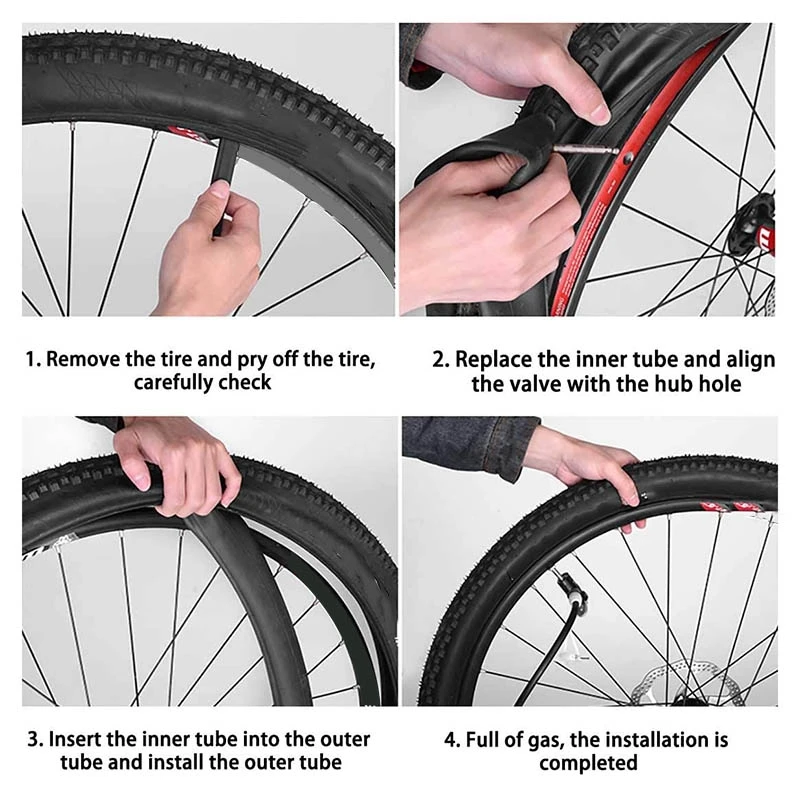 125 125 | 57-406 | |||
| 20 x 2.35 | 60-406 | |||
| 20 x 2.5 | 62-406 | |||
| 20 x 2.6 | nine012865-406 | |||
| 20 x 2.75 | 70-406 | |||
| 20 x 3.0 | 75-406 | |||
| 390 | 18 x 1 1/8 | 450-28A | 28-390 | Children's European bikes |
| 18 x 1 3/8 | 450-35A | 37-390 | ||
| 450-55A | 55-390 | |||
| 387 | 18 x 1 1/2 | 37-387 | Children's European bikes | |
| 369 | 17 x 1 1/4 | 32-369 | Bicycles Alex Moulton | |
| 355 | 18 x 1 1/8 | 28-355 | nine0176 Children's bicycles||
18 x 1. 25 25 | 32-355 | |||
| 18 x 1.35 | 35-355 | |||
| 18 x 1.5 | 40-355 | Birdy folding bikes. | ||
| 18 x 1.6 | 42-355 | Children's bicycles | ||
| 18 x 1.75 | 47-355 | |||
| 18 x 1.95 | 50-355 | |||
| 18 x 2.0 | 54-355 | |||
| 18 x 2.125 | 57-355 | |||
| 349 | 16 x 1 1/8 | 28-349 | Old Moulton, Brompton and other folding bicycles, ligerade front wheels, children's bicycles. nine0130 | |
| 16 x 1 1/4 16 x 1.25 | 32-349 | |||
| 16 x 1.35 | 35-349 | |||
| 16 x 1 3/8 | 37-349 | |||
| 340 | 400-30A | 28-340 | Children's European bikes | |
| 16 x 1 3/8 x 1 1/4 | 400-32A | 32-340 | ||
| 16 x 1 3/8 | 400-35A | 37-340 | ||
| 16 x 1 5/8 | 400A | 44-340 | ||
| 335 | 16 x 1 3/8 | Children's Polish bicycles | ||
| 330 | 16 x 1 1/2 | 400-38B | nine0128 40-330Children's bicycles | |
| 317 | 16 x 1 3/4 | Schwinn American children's bicycles | ||
| 305 | 16 x 1. 5 5 | 40-305 | Children's bicycles, folding, touring and some ligerades. | |
| 16 x 1.75 | 47-305 | |||
| 16 x 1.95 | 50-305 | |||
| 16 x 2.0 | 54-305 | |||
| 16 x 2.125 | 57-305 | |||
| 16 x 2.5 | 62-305 | |||
| 298 | 14 x 1 1/4 | 350-32A | 32-298 | Carriages, children's bikes, balance bikes |
| 288 | 14 x 1 3/8 | 350A, 350-35A | 37-288 | Children's bicycles, balance bikes |
| 14 x 1 5/8 | 350-38A | 40-288 | ||
| 14 x 1 5/8 x 1 3/8 | 350-42A | 44-288 | ||
| 14 x 1.75 | 47-288 | |||
| 279 | 14 x 1 1/2 | 350-38B | 40-279 | Children's bicycles, balance bikes |
| 254 | 14 x 1.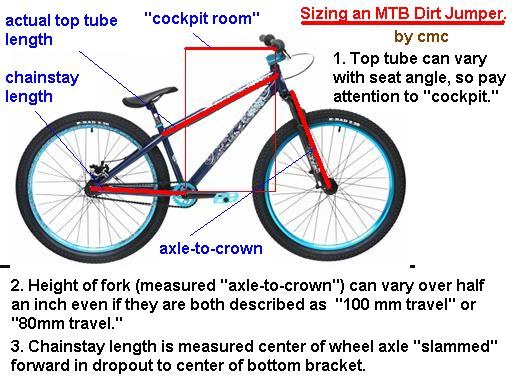 5 5 | 40-254 | Children's bicycles, balance bikes | |
| 14 x 1.75 | 47-254 | |||
| 14 x 2 | 54-254 | |||
| 239 | 12 1/2 x 1 3/8 x 1 1/4 | 300-32A 300x32A | 32-239 | Children's bicycles, balance bikes |
| 205 | 12 1/2 x 2 1/4 | 56-205 | Children's bicycles "KVD", balance bikes, sometimes suitable for baby carriages ("Dutik" tires) | |
| 203 | 12 x 1.75 12 1/2 x 1.75 12 1/2 x 1.9 | nine0128 47-203 | Small children's bicycles, balance bikes, baby carriages | |
| 12 x 1.95 | 54-203 | |||
| 12 x 2.0 | 50-203 | |||
| 12 x 2.125, 12 1/2 x 2 1/4 R | 57-203 | |||
| 12 1/2 x 2 1/4 | 62-203 | nine0142|||
| 176 | 55-176 | Tires for tricycles, scooters, balance bikes for small children, wheelbarrows and carts, prams | ||
| 152 | 10 x 2 | 54-152 | ||
| 137 | 8 x 1 1/4 | 32-137 |
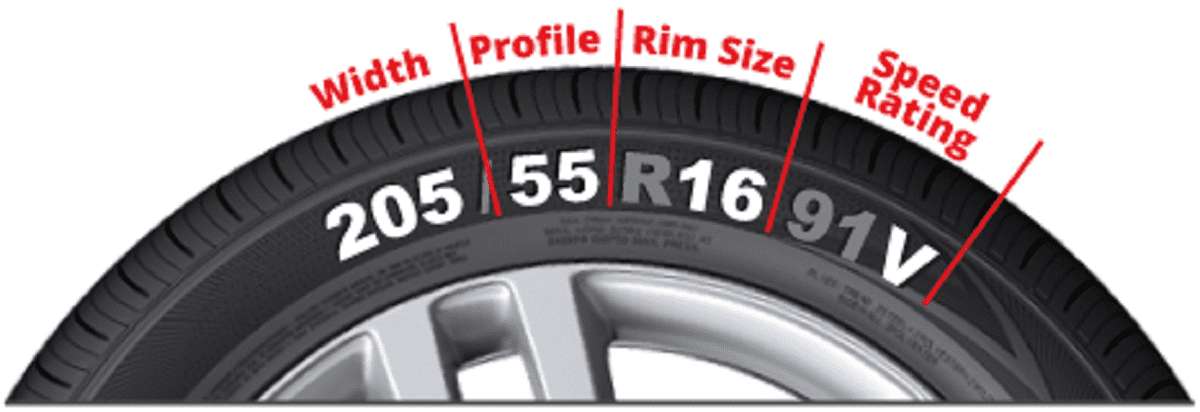 29 tires differ from 28 only in height.
29 tires differ from 28 only in height. Tire width selection is more flexible than rim diameter.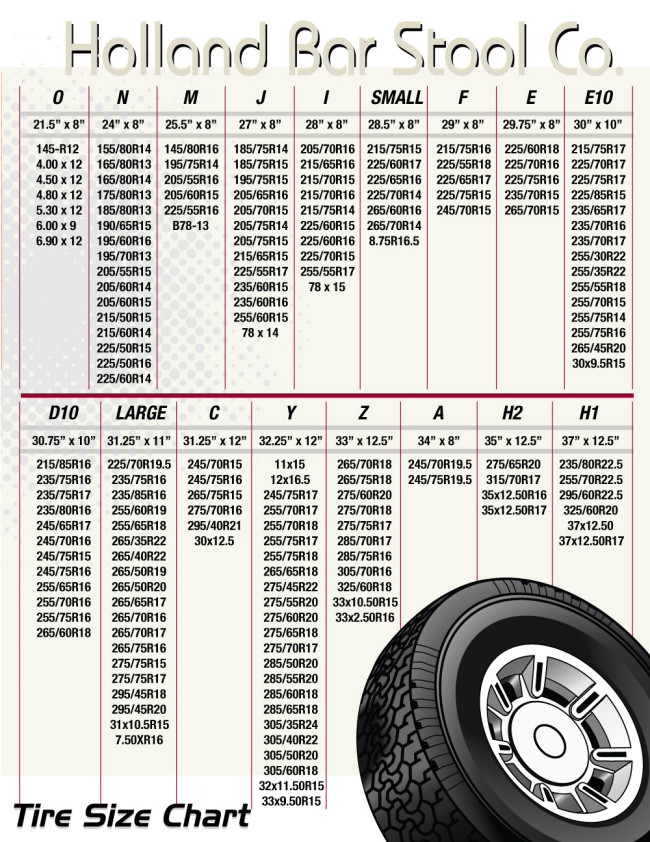 nine0003
nine0003
Rim widths are measured and marked in millimeters as shown in the figure at the beginning of the article.
How to measure the width of the rim is described in a separate article here.
| Rim width in mm | Tire width in mm and inches | Bicycle type |
| 13 | 18 - 25 mm (1") | road and cyclocross models |
| 15 | 23 - 32 mm (1" - 1.25") | |
| 17 | 25-37 mm (1" - 1.5") | light cross-country and hybrid models |
| 18 | 28 - 44 mm (1.1" - 1.75") | heavy cross-country and hybrid models |
| 19 | 28 - 60 mm (1.1" - 2.35") | nine0128 MTB (mountain bikes, mountain bikes)|
| 20 | 28 -47 mm (1.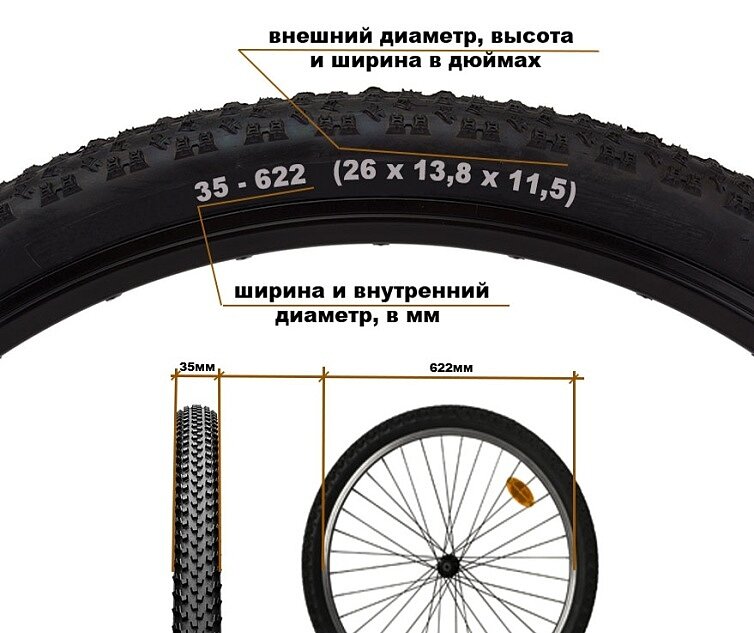 1" - 2") 1" - 2") | cycling and light extreme |
| 21 | 35 - 50 mm (1.4" - 2") | |
| 23 | 40 - 50 mm (1.5" - 2.1") | extreme cycling |
| 25 or more | 44 - 57 mm (1.75" - 2.25") | |
| 32 | 75 mm (3") and over |
This table shows guide data for a medium bike. Use it not as a dogma, but as a guideline for selection.
Some manufacturers give their own tables for the tires they produce, according to which they need to be selected for their wheel.
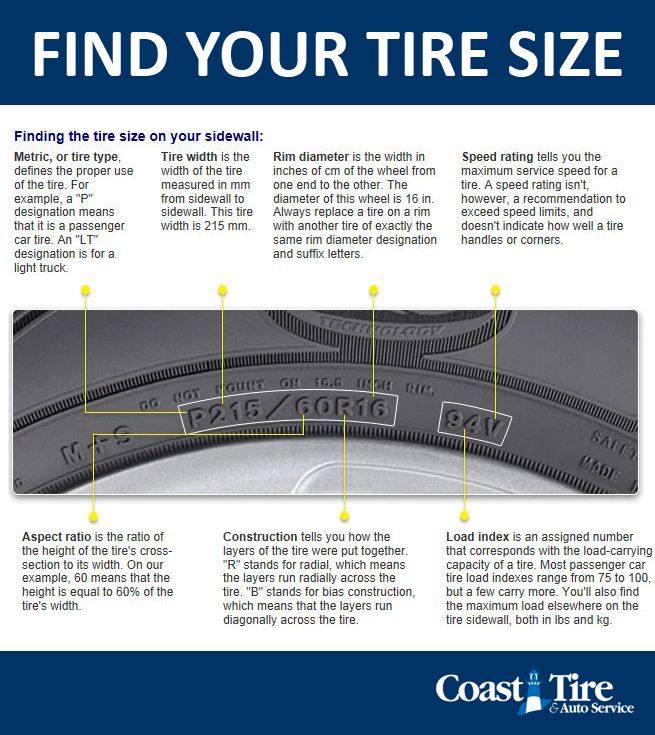
The tire width affects rolling and grip. The wider - the better the grip, cornering control, but the worse the roll. nine0003
It is considered optimal if the width of the tire is 1.5-2.1 times wider than the inner width of the rim. It is possible and 2.5 times, but this is already an amateur.
The tire-to-rim width ratio affects the tire's cornering behavior. Too wide tires mounted on a narrow rim can simply break. will have a pear-shaped profile.
Further, if the wheel is equipped with toothy rubber, then the side spikes on the tread will not be where they should be for sure grip in the turn. nine0003
With wide tires on a narrow rim, the side studs will be too high and will not hold properly in the turn.
On narrow tires with a wide rim, the spikes will be from below and with a good slope, the bike will ride on the sidewall, and she is bald.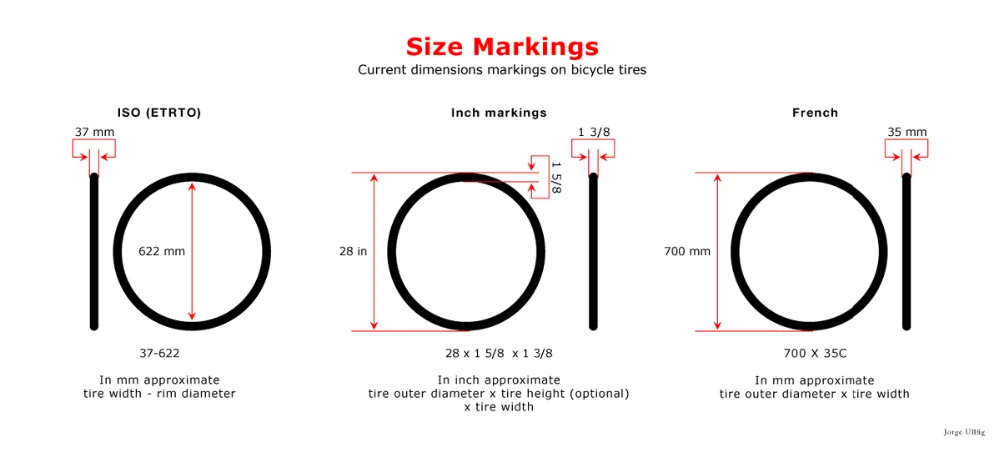
Below is the famous table compiled by Georg Boeder of tire and rim width recommendations
fractional inches) here. nine0003
Comments (132)
x nine2073
The bicycle is presented as a vehicle that constantly needs to be serviced.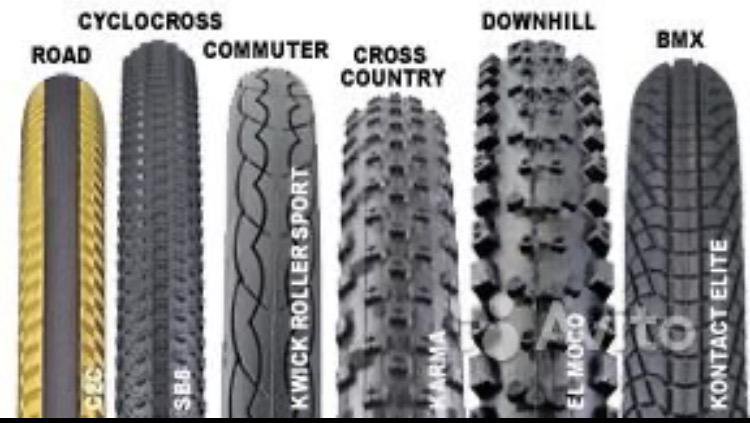 And bicycle tires are the fastest wearing part on a bike. When buying a new bicycle tire, the question is what size to buy and what tread will best fit the bike.
And bicycle tires are the fastest wearing part on a bike. When buying a new bicycle tire, the question is what size to buy and what tread will best fit the bike.
When determining the size of a tire, everything is simple, on each tire there are numbers that indicate the size. You just need to rewrite these numbers, and come to the bike shop with this tire data and you will easily find the right size. This is easy to do in the Kiev bicycle shop KupiBike on Kharkiv Highway. The bicycle shop has a bicycle workshop, which has a bicycle mechanic and can easily help you with the choice. nine0003
But sometimes you want to choose a tire yourself on the Internet, order it yourself on the site, buy in an online store. This can also be done through the online store kupibike.com.ua. To independently choose a tire for a bicycle, you need to know what measurements of bicycle wheels are, how tire sizes are determined. And understand what number means what: width, radius, diameter, tread, weaving density of the court (this determines the softness and strength of the tire).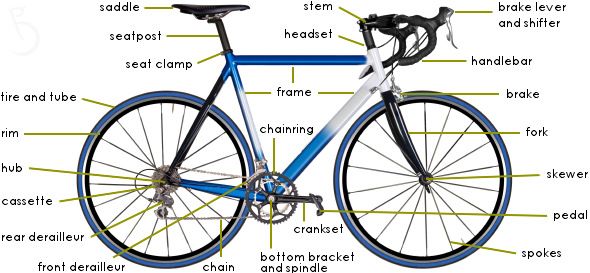
In Ukraine, for a long time, the designation of tires was indicated in the unit of measurement "ETRTO". The measurement "ETRTO" meant: European Tire and Rim Technical Organization (technical specification of European tires and wheels). This approach to the designation is applied both for bicycles, and this standard of measurement is also used in motorcycle and automotive products.
When characterizing the "ETRTO" 37-622 standard, the meaning of the numbers is as follows: the number 37 indicates the width of the tire when inflated (working condition in millimeters), the number 622 indicates the internal size (tire diameter in millimeters). This approach to size is more detailed, and is not always justified. Since bicycle rim sizes can vary slightly in shape, this naturally entails slight differences. nine0003
Another thing is the ease of measurement in the modern world, the definition of a bicycle tire is not in millimeters, but in inches. It's simple and easy.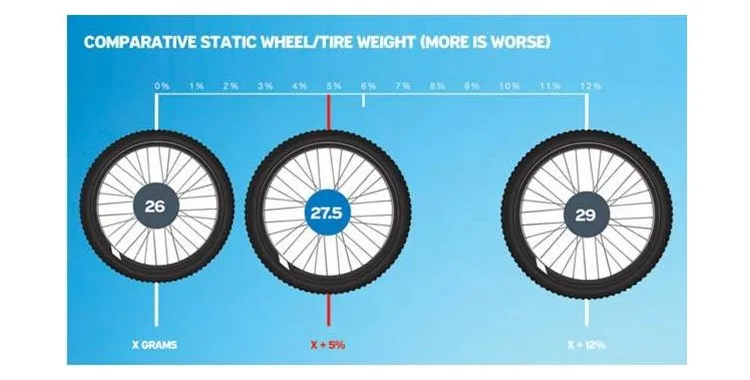 Inch tire sizing found popularity in America, after which the popularity of bicycle tire size in inches became widespread. So, with a bicycle tire size of 26X2.10, it indicates the generalized dimensions of the tire. Where the number 26 indicates the approximate outer diameter of the tire, and the number 2.10 indicates the width of the tire. By "relative size" it means that all bicycle tires are made of rubber, and they have some stretch, which can be easily fitted to rims of different widths. nine0003
Inch tire sizing found popularity in America, after which the popularity of bicycle tire size in inches became widespread. So, with a bicycle tire size of 26X2.10, it indicates the generalized dimensions of the tire. Where the number 26 indicates the approximate outer diameter of the tire, and the number 2.10 indicates the width of the tire. By "relative size" it means that all bicycle tires are made of rubber, and they have some stretch, which can be easily fitted to rims of different widths. nine0003
There is also another measuring scale for tire sizes, for example 28X1 5/8X1 3/8. And these numbers again indicate different sizes:
And with a variety of measurements, you have to be smart and choose the right size. All this does not always fit, because if you take a wheel size of 26 inches for different styles of bike, you will find differences in numbers: a 559 mountain bike(MTB), 571 (triathlon), 590 (road bike).